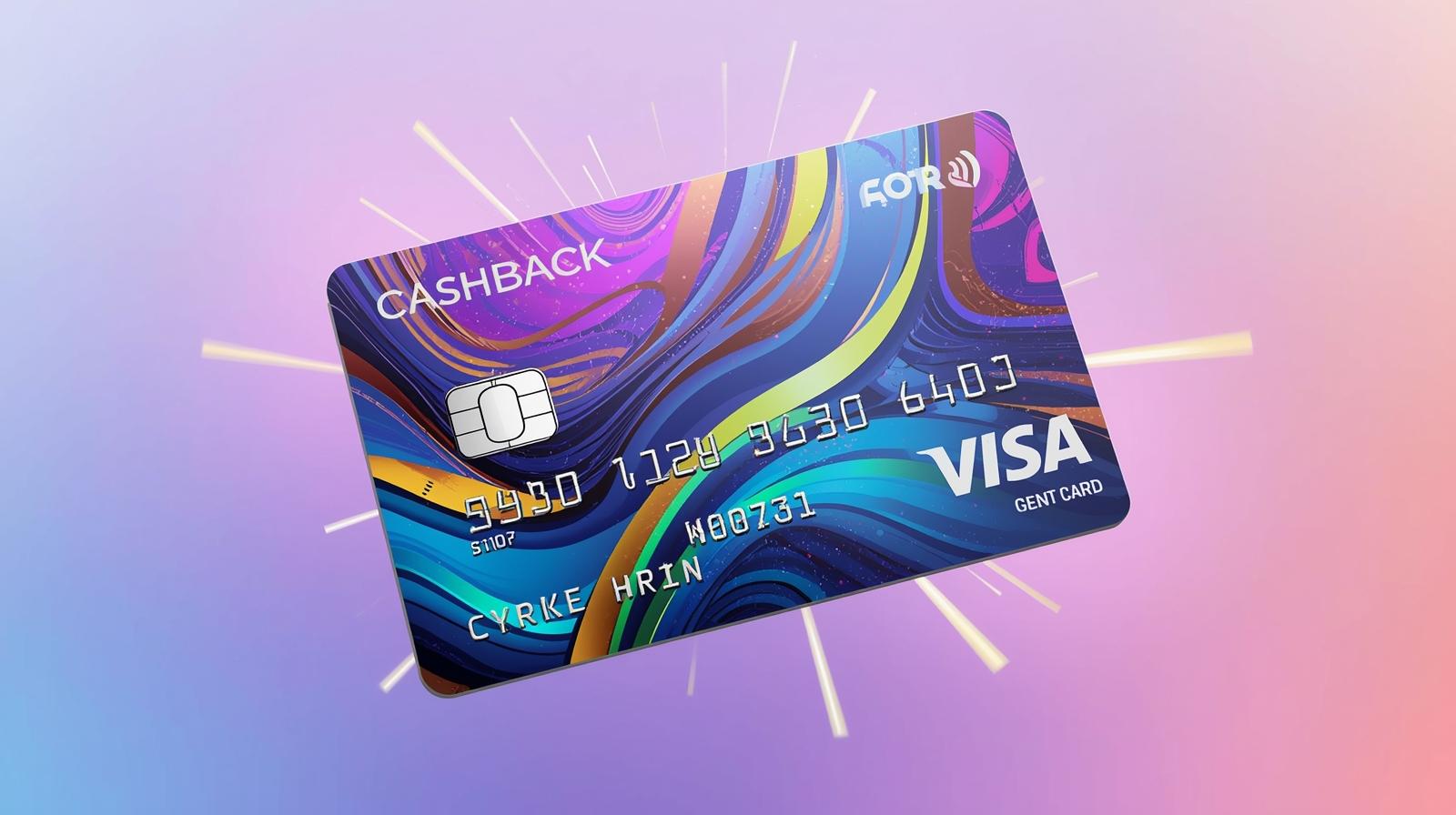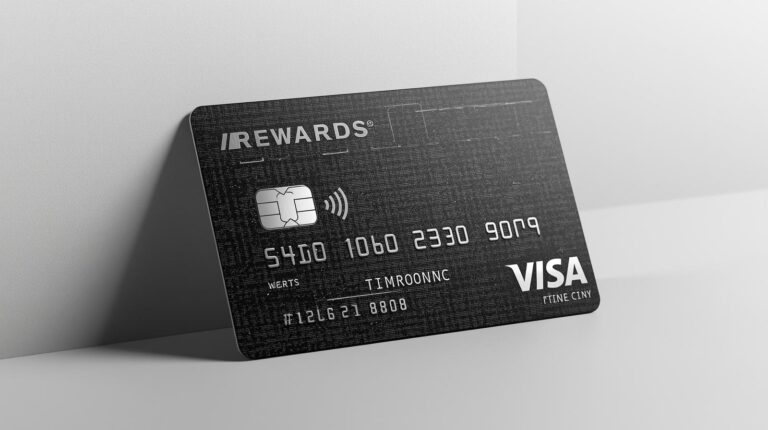When you hear “cashback,” it sounds like free money, right?
You swipe your card, spend money, and the bank gives you some of it back. Sounds exciting — and it can be!
But did you know that cashback credit cards can also help in loan planning?
Yes, they’re not just about rewards and savings; when used wisely, they can actually make your credit profile stronger, improve your loan eligibility, and help you manage short-term borrowing better.
Let’s explore everything about cashback credit cards in a simple, beginner-friendly way — and see how they fit into your long-term money and loan planning strategy.
What Is a Cashback Credit Card?
A cashback credit card gives you a percentage of your spending back as cash.
For example:
- Spend ₹1,000 → Get ₹10 back (1% cashback)
- Spend ₹5,000 → Get ₹50 back
Unlike points or air miles, cashback is real money credited to your card account or adjusted against your next bill.
So every time you spend, you save a little. Over time, these small amounts can add up — especially if you use your card regularly and pay on time.
How Cashback Credit Cards Work
Here’s the simple process:
- You use your card for purchases — online or offline.
- The bank records the transaction and applies the cashback percentage.
- After the billing cycle, the cashback is credited — usually within 30–45 days.
- You can use it to reduce your bill, redeem as cash, or sometimes convert into vouchers (depending on the bank).
For example:
- Cashback rate: 1.5%
- Monthly spending: ₹20,000
- Cashback earned: ₹300/month → ₹3,600/year
That’s a solid yearly saving, just for spending responsibly.
Types of Cashback Credit Cards
Not all cashback cards work the same. Let’s look at the common types:
1. Flat-Rate Cashback Cards
You earn a fixed percentage on every transaction. Example: 1.5% cashback on everything you buy.
Simple to use, no need to track categories.
Best for beginners who want easy savings.
2. Tiered Cashback Cards
Different rates for different spending types.
Example:
- 5% on groceries
- 2% on fuel
- 1% on all other purchases
Good for people with specific spending habits.
3. Rotating Category Cards
These change cashback categories every few months (e.g., 5% on dining in Jan–Mar, 5% on travel in Apr–Jun).
Great for planners who can adjust spending accordingly.
4. Co-branded Cashback Cards
Offered in partnership with brands — like Amazon Pay ICICI Card or Flipkart Axis Card.
High rewards on specific platforms.
Perfect for online shoppers.
Why Cashback Cards Are Important for Loan Planning
At first glance, cashback and loan planning seem unrelated. But they’re closely connected.
Here’s how:
1. They Help You Build a Credit History
Using a cashback card regularly — and paying bills on time — builds your credit score.
This score is crucial when applying for any loan: home, car, or personal.
Banks want to see that you can manage credit responsibly.
A good cashback card, managed well, creates that positive track record.
2. They Teach Financial Discipline
Using credit for daily expenses and paying it back each month builds repayment habits — a key factor in loan eligibility.
3. They Save Money on Everyday Spending
When you save money through cashback, you reduce your outflow.
That means more savings for EMIs, investments, or emergencies — improving your financial stability before taking a loan.
4. They Build Trust with Banks
If you handle your credit card well, the same bank will likely trust you more for future loans and offer better terms and lower interest rates.
The Role of Cashback Cards in Credit Score Improvement
Your credit score (CIBIL score in India) reflects how you handle borrowed money.
Cashback credit cards can boost it if used wisely.
Here’s how:
- Timely payments → Builds trust and improves score
- Low credit utilization (below 30%) → Shows responsible usage
- Long-term usage → Adds to your credit age
- Zero defaults → Keeps your record clean
A higher score means:
- Easier loan approvals
- Lower interest rates
- Higher credit limits
In short:
A cashback card is a small tool that helps you build big financial credibility.
How to Use Cashback Cards Strategically for Loan Planning
If your goal is to qualify for future loans, follow these smart practices:
1. Always Pay the Full Amount
Don’t fall for the “minimum due” trap. Paying only part of your bill leads to high interest and debt.
For strong credit history, always pay your total outstanding amount on time.
2. Keep Credit Utilization Under 30%
If your limit is ₹1,00,000, try not to spend more than ₹30,000 monthly.
This shows lenders you’re not overdependent on credit.
3. Use the Card for Regular Expenses
Spend on groceries, fuel, utilities, or online bills — things you already buy.
You’ll earn cashback and prove consistent usage without overspending.
4. Avoid Cash Withdrawals
Cash withdrawals attract immediate interest (no grace period). It can hurt your score and waste your cashback benefits.
5. Choose a Card That Matches Your Lifestyle
If you mostly shop online, go for co-branded e-commerce cards.
If you travel often, pick cards offering cashback on travel or fuel.
6. Track and Redeem Cashback Regularly
Some cards have expiry limits on cashback. Keep track and redeem before it lapses.
Example: How Cashback Helps in Loan Readiness
Let’s understand this with a simple example.
Ravi, a 25-year-old professional, wants to apply for a car loan in 2 years.
He gets a cashback credit card and follows these habits:
- Uses it for groceries, bills, and fuel (~₹15,000/month)
- Pays full bill on time
- Keeps usage below 30% of limit
- Never misses a due date
After 18 months:
- He earns around ₹2,700 in cashback savings
- His CIBIL score rises to 780+
- His credit history looks strong
When he applies for a car loan, the bank easily approves it — with a lower interest rate because of his good credit behavior.
That’s how a simple cashback card can prepare you for future borrowing success.
Benefits of Cashback Credit Cards
Let’s summarize the key advantages that also support loan planning.
Instant Rewards
You earn money back on every transaction, improving your effective savings.
Boosts Credit Score
Timely payments and responsible usage directly raise your creditworthiness.
Encourages Smart Budgeting
You start tracking where you spend, since cashback differs by category.
Emergency Backup
In urgent situations, your card acts as a short-term loan bridge until your salary arrives.
Better Relationship with Banks
Regular credit use + on-time payment = Banks trust you more for future loans.
Motivates Discipline
Cashback is a psychological reward — it motivates you to spend responsibly and pay dues quickly.
Mistakes to Avoid with Cashback Credit Cards
To truly make cashback cards a part of your loan planning, avoid these common pitfalls:
Chasing Cashback and Overspending
Many users spend unnecessarily just to earn cashback.
If you’re spending ₹2,000 extra to get ₹100 cashback, that’s not saving — that’s losing.
Ignoring Interest Rates
Cashback cards often have higher interest (30–40% annually).
If you carry a balance, the interest cost easily wipes out the cashback benefit.
Missing Payments
Even one missed payment can hurt your credit score and charge you late fees.
Applying for Too Many Cards
Every new card application triggers a hard credit check. Too many applications lower your score temporarily.
Not Reading Terms
Some cards cap monthly cashback or restrict it to specific merchants. Always read the fine print.
Choosing the Right Cashback Credit Card
Here’s a simple guide to picking the right one for your needs:
Step 1: Know Your Spending Pattern
- Mostly online → Amazon Pay ICICI, Flipkart Axis
- Dining & groceries → HDFC Millennia, SBI Cashback
- Fuel & travel → Standard Chartered Super Value Titanium
Step 2: Compare Cashback Rates
Look for:
- Flat cashback between 1%–2%
- Higher category cashback (up to 5%)
- No upper cap on rewards, if possible
Step 3: Check Fees and Charges
Some cards have annual or renewal fees. Ensure your cashback exceeds those costs.
Step 4: Check EMI Conversion Options
If you ever need to convert large purchases to EMIs, choose a card offering low or zero-interest EMI. This is useful for short-term loan planning.
Step 5: Pick a Bank That Reports to Credit Bureaus
Make sure your usage helps build your official credit score.
Using Cashback Credit Cards for Short-Term Loan Planning
Here’s how cashback cards help in short-term loan management:
(a) Emergency Fund Access
When you face an unexpected expense, your card covers it instantly.
If you repay before the due date, there’s no interest — only cashback benefits.
(b) EMI Conversion
For planned big purchases (like a laptop), convert the transaction into EMIs at lower rates.
This keeps your cash flow smooth without affecting your credit score.
(c) Expense Tracking
Monthly statements act as mini financial reports. They show your spending habits clearly, helping you plan for future EMIs or loans better.
(d) Rewarding Discipline
You’re rewarded (cashback) for the same actions that build your loan eligibility — responsible spending and timely repayment.
Are Cashback Cards Really Worth It?
Yes — if you use them intelligently.
Let’s look at a quick pros and cons balance:
| Pros | Cons |
|---|---|
| Earn cashback on daily spends | High interest on late payments |
| Boosts credit score | Misuse can lead to debt |
| Encourages discipline | Limited cashback categories |
| Helps in loan readiness | Annual fees on some cards |
So, it’s not about the card itself — it’s about how you use it.
Used wisely, cashback cards are powerful tools for money and loan management.
Quick Checklist for Smart Cashback Usage
✅ Pay full bill on or before due date
✅ Keep spending under 30% of your limit
✅ Track cashback categories and offers
✅ Avoid unnecessary purchases
✅ Redeem cashback regularly
✅ Check statements for errors
✅ Use one card for consistency
Do this for 6–12 months, and you’ll not only earn extra cash but also create a strong financial profile for future loans.
Final Thoughts — Turning Cashback into Credit Power
Cashback credit cards are more than reward tools; they’re your first step toward financial credibility.
When you use them wisely, they:
- Strengthen your credit score
- Teach repayment discipline
- Save money through cashback
- Make loan approval smoother and faster
So, the next time you swipe your card, remember — it’s not just about earning cashback today.
It’s about building a reliable credit foundation that helps you secure better loans tomorrow.
Key Takeaway:
“Spend smart, pay on time, and let every cashback transaction bring you one step closer to financial freedom.”




